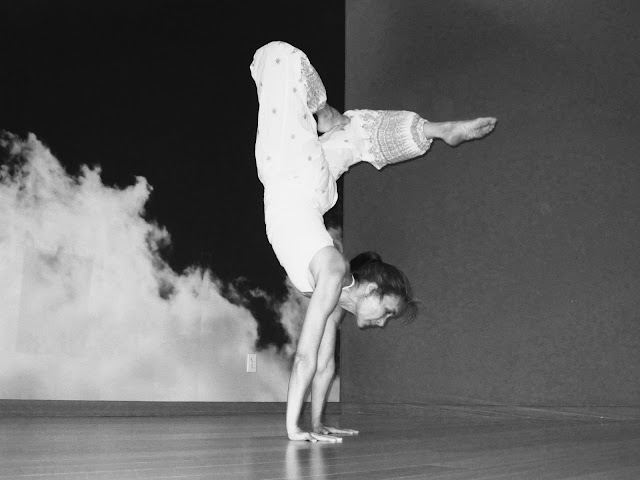Giving
: the alchemy of love made visible
“By
giving from the heart, we elevate our soul and fulfill our destiny” ~ Yogi Bhajan
We have arrived to the magical process and place
of transformation of self, to the alchemy of love made visible through giving.
Every single one of us has an amazing, unfathomable ability to give in
countless ways that will only reveal themselves by meeting life head-on and
heart-on. And in beauty: we need each other, both to discover our capacity to
give and to witness and receive the
light we carry.
The wheel is turning and the energy is shifting,
from the golden warmth and abundance of autumn to the slowing and contemplative
energy of winter. In sync with Nature, we find our ability to be in communion
with others deepened and the gold of giving is the light. For many traditions,
this time is calling us to a celebration of the presence of spirit and the
power of faith and hope that our dreams of unity and harmony will manifest.
This time beckons us, in so many ways, to give.
In giving, we empty, allowing the soil of our
being to renew, to replenish and to receive anew. In giving, we become the
light.
Inspired by all the wisdom ways I have been gifted
with so far, I invite you to join me. Using the ancient technology of Kundalini
Yoga, the deep knowledge of my maha teacher, Yogi Bhajan, the insight of the
poets and the mystics, we will continue the journey of the heart, the way of
the true self ~ giving, becoming love made visible, all that is, all that ever
was, all that ever will be.
Offered:
Mondays 10:00 am & Thursdays 7:00 pm at Asheville Yoga Center & Fridays
8:45 am at West Asheville Yoga Center.
Week
1: 11/28, 12/1, 2 Strength to glow in all directions
Week
2: 12/5, 8, 9 A container
from which to give
Week
3: 12/12, 15, 16 Balance &
the sanctity of experience
Week
4: 12/19, 22, 23 Saying yes
Week
5: 12/26, 29, 30 Hearing the
cries of the world
Week
6: 1/2, 5, 6 Stepping Up
Week
7: 1/9, 12, 13 Always
Beginning
Week
8: 1/16, 19, 20 If just for a
moment
Week
9: 1/23, 26, 27 The courage to
give
Week
10: 1/30, 2/2, 3 Becoming like
angels
Come
or don’t come ~ no need to rsvp ~ there is always room for you, always space
held with love. It is an honor & a privilege to share these teachings.
Always
with so much love, Sierra










